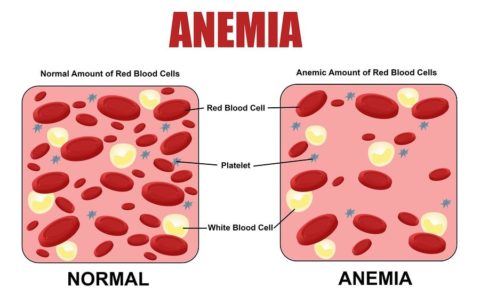


Hypercapnia has been suggested to have beneficial effects, including a reduction in pulmonary inflammation and alveolar oxidative stress. Extracorporeal decapneization by utilizing “extracorporeal CO 2 removal” (ECCO 2R) is an appealing alternative for permissive hypercapnia but comes with the typical risks of extracorporeal circulation. One approach is to accept this, i.e., “permissive hypercapnia,” with the option to correct respiratory acidosis by slow bicarbonate infusion for blood buffering. Lung-protective ventilation strategies are strongly recommended to prevent additional lung injury, but these strategies have a strong potential to increase plasma carbon dioxide levels further. Patients with acute respiratory failure almost always develop gas exchange derangements that may result in hypercapnia. At present, it remains uncertain what the best approach is. One approach is to accept it (permissive hypercapnia) another approach is to treat it through extracorporeal means. These strategies may come at a price of hypercapnia and hypercapnic acidosis. In acute respiratory distress syndrome, lung-protective ventilation strategies using low tidal volume and low airway pressure are strongly advocated as these have strong potential to improve outcome. Besides, hypercapnia has meaningful effects on lung physiology such as airway resistance, lung oxygenation, diaphragm function, and pulmonary vascular tree. On the other hand, it may also have deleterious effects through inhibition of alveolar wound repair, reabsorption of alveolar fluid, and alveolar cell proliferation. On the one hand, it may have protective effects through attenuation of pulmonary inflammation and oxidative stress. The literature on hypercapnia is confusing, and at times contradictory. The biological effects and physiological consequences of hypercapnia are increasingly understood.


 0 kommentar(er)
0 kommentar(er)
